As bonsai began to really take shape in Europe towards the late 90’s and early 2000’s, Colin Lewis was one of the major influential figures pushing the level of bonsai quality in the U.K. With the number of professionals growing and the bonsai community still quite small, Colin decided to bring his expertise and innovative bonsai approach to the budding bonsai community on the East Coast of the Unites States. His fresh approach and focus on breaking from Japanese bonsai tradition to do something truer to form as Western bonsai practitioners, had an instant impact on the North American bonsai community. Perhaps no single teaching of Colin’s had more influence than his demand for his students to shed the weight of mediocre bonsai to make room for a greater focus on trees of a higher standard and quality. For Colin, bonsai is about quality, not quantity. Several of his students still tell stories of their first class with Colin where they were asked to bring their best bonsai and worst bonsai. By the end of the class they were asked to literally throw their worst bonsai in the trash. Those who did adopted Colin’s approach and to his credit, several of his students have carried forth Colin’s expectation of quality and have become teachers and bonsai professionals, pushing the level of bonsai in the United States. As we try to raise the bar of bonsai in North America once again, we felt it fitting to reach out to Colin and we are excited to have such a pioneer on board as a primary judge of the first Artisans Cup.
Here's a recent chat we had with Colin when we asked him to share a bit about himself and his work.
Where are you from?
Originally from Southern England, currently living in Southern Maine (and still trying to figure out why!)
How would you describe your approach to bonsai? (Western style, traditional style, anywhere in between)
I think my work could be summed up in one word: weird. I guess like all Europeans my age, we learned from experience and each other, so tradition is not our strong point. I suppose my approach is intensely personal - I do what stimulates or excites me with little consideration for the norm. The purpose is to produce work that stimulates and excites the audience just like more conventional works, but in an original way.
What inspired you to begin bonsai?
This is actually true: My earliest memory is of lying in my pram as an infant and looking up into the branches of an old chamaecyparis tree in my grandparents' garden. I've always felt safe near trees. Everything I enjoyed as a kid involved trees in one way or another. Since I am a creative person by nature, bonsai was really inevitable.
What is your least favorite part of being a bonsai professional?
Working on trees for clients who just want to own, but have no interest in doing. It's lucrative, but soul destroying. I stopped some years ago.
What is your favorite part of being a bonsai professional?
Teaching, especially highly motivated, young and enthusiastic novices. I find it rewarding to help them avoid straying down the path to the valley of darkness, in the land of clubs and backyard nurseries. (Hold on, I have a backyard nursery!) I also like the fact that indulging my passion is tax deductible!
Where is the craziest place you’ve traveled for bonsai work?
Australia. 24 hours to get there, then eighteen hours after arriving I was on a plane home. Australia isn't crazy, but I certainly was. I once did a bonsai demonstration on radio....
How many days on the road traveling for work do you spend in a year, on average?
Now? probably only ten or twelve. I used to be away for seventy to eighty days a year, but that's a younger man's sport. Mountains and Mohammed and all that...
What do you feel like you are “known for” in bonsai? What’s your signature as a bonsai professional?
That's tough. Teaching-wise, I guess it's finding something to get excited about in practically any plant - to abandon preconceptions of what a bonsai should look like and use imagination. It harks back to the old days when that's what we had to do. I encourage students to think harder, to set their sights high and to understand the importance of good workmanship.
In the bonsai community I fear I may be known as a bit of a mischief-maker. I helped stage a coup in the European Bonsai Association, I started the original New Talent Contest bypassing the clubs, I launched a magazine that actually paid contributors when everybody said it couldn't be done, and generally kicked butt wherever I though butt needed a kicking. When I was through with Europe I came here and did very much the same thing. (Which is probably why I am now living as a hermit in the woods of Maine!)
What is your favorite North American species and why?
Mountain hemlock, but I can't grow them here in Maine, dammit! My big love is broadleaved deciduous species but, unfortunately, the American versions are much coarser and less suitable than their European cousins. Blue spruce is excellent, especially the really 'electric' blue varieties. I'm also enthusiastic about some red spruce that I have acquired, the color is fabulous. Then of course there's lodgepole pine, we seem to work well together.
What’s one thing that people would be surprised to know about you?
Heh heh, let's not go there! Hey - I'm a sixty-eight year old Englishman making a living teaching a Japanese art in Maine, which is about as surprising as it gets! But what may be more surprising is that I actually enjoy it.
Why are you excited to be a judge at the Artisans Cup?
It is a very great honor to be invited to play a part in such a ground-breaking, historical event alongside others whom I have admired for a long time. I know for certain that the venue, the trees and the presentation will be superb and I can't wait to see the them and to meet everyone - some again and some for the first time.
Why should people submit trees to the Artisans Cup?
Art is meaningless unless it is seen. For bonsai to be meaningful in the art community it must be seen in that context. An event like this is what the serious bonsai community has been craving for years, it is a unique opportunity to participate in the first exhibition designed to elevate the perception of bonsai in the public eye. There will probably be more such exhibitions in the years to come, but there is only one first, and who would not want to be a part of that?

















